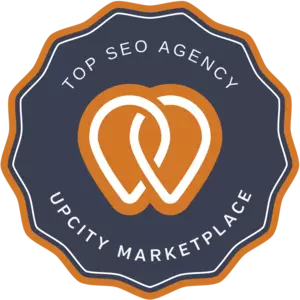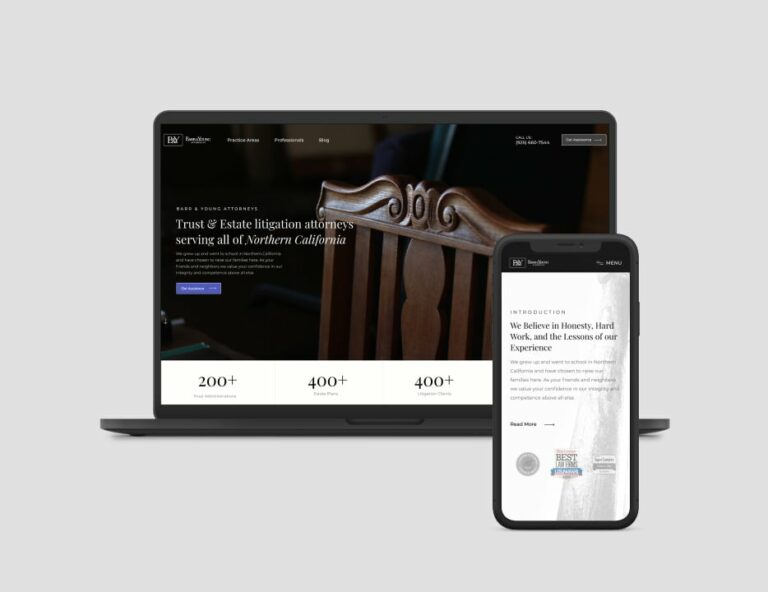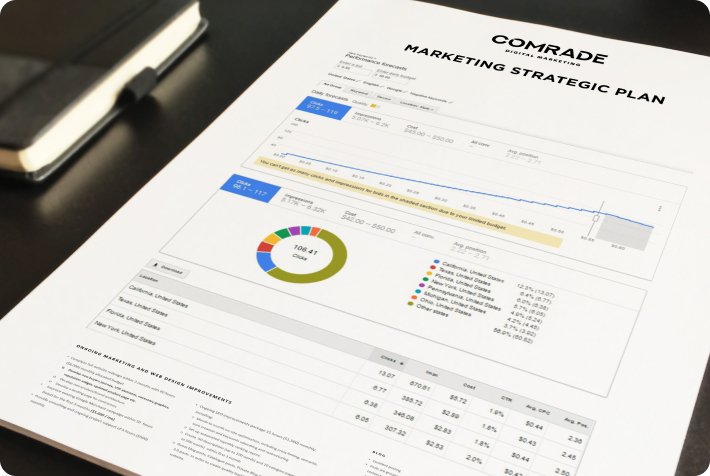Attract customers with Comrade's digital marketing services
At Comrade Digital Marketing Agency, we are passionate about growing companies across virtually every sector. Our full-service marketing agency leverages every tool available to reach out to your ideal clients and generate more qualified leads. The result? A tangible increase in sales and revenue for your business.






























